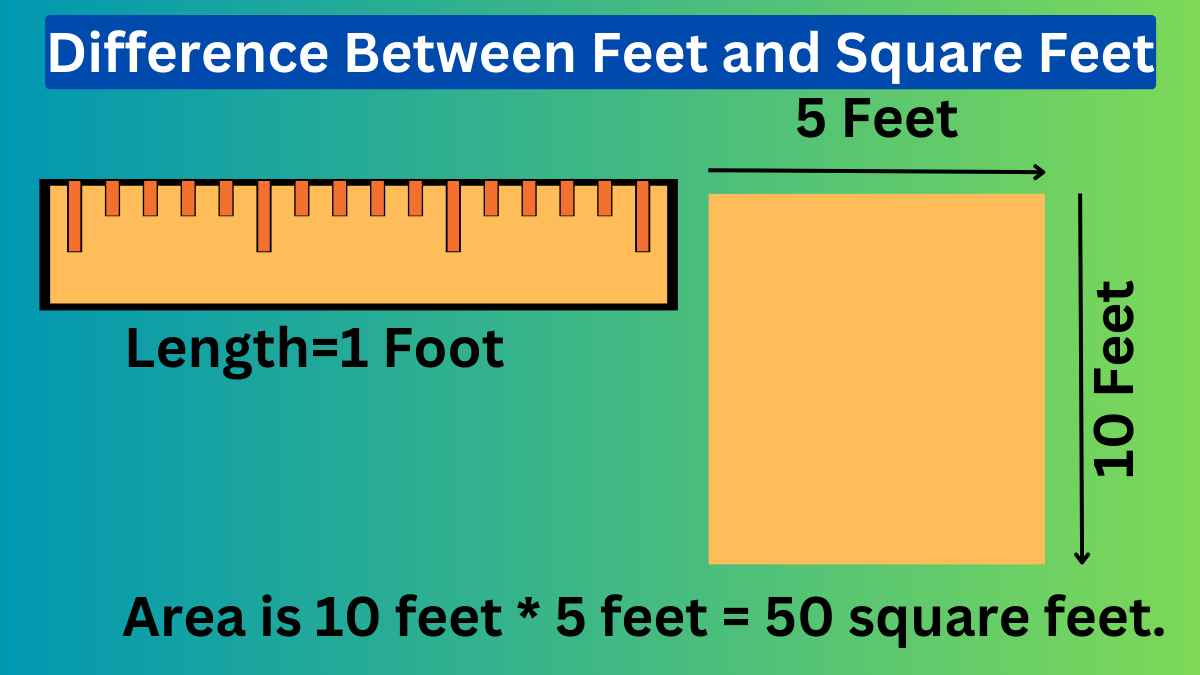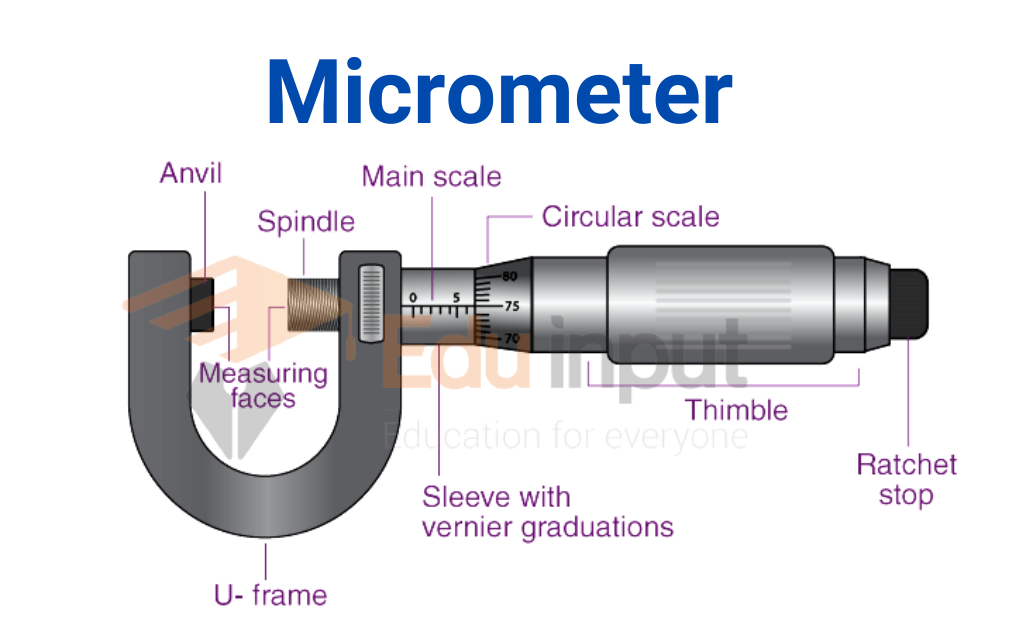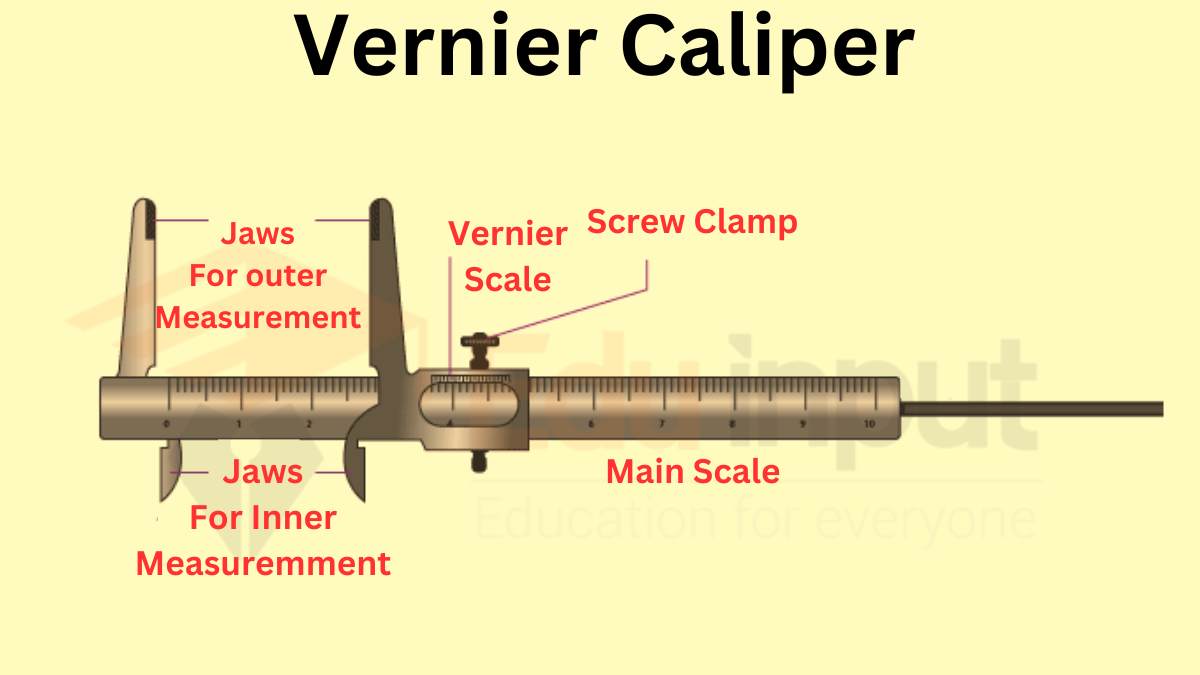Error in Measurement-Definition, Types, And Reduction
The difference between a measured quantity and its true value is called an error in measurement.
Error in Measurement
The term “error” refers to any difference between what was intended and what actually occurred. In science, we use measurements to determine whether something happened or not. We measure things like Pressure, weight, density, velocity, etc. If these measurements do not match our expectations, then we know that something went wrong.
In science, we call this type of error a systematic error. Systematic errors occur when we make mistakes while measuring. These types of errors happen often and they are hard to avoid. However, if we take steps to prevent them, we can reduce their frequency and severity.
Types of Error in Measurement
There are two different types of errors that scientists make. One type of error occurs when we make mistakes while taking measurements.
These types of errors are called random errors. Random errors are unpredictable and cannot be avoided. Another type of error happens when we make mistakes while calculating results. These types of errors occur when we misinterpret data or incorrectly apply formulas. These types of errors can be prevented by using good scientific practices.
Random Errors
Random errors are unavoidable. When we take measurements, we may accidentally get the wrong answer. For example, if we were trying to measure the length of a ruler, we might accidentally grab the edge instead of the middle.
Or, if we were trying to measure the width of a table, we might accidentally put our finger in the center instead of at the side.
Systematic Errors
Systematic errors are caused by human error. Humans are fallible creatures. Even though we try our best to follow protocols and procedures, sometimes we make mistakes. For example, if I am measuring the length of a ruler again, I might accidentally grab the edge of the ruler instead of the middle.
We can better understand systematic errors if we divide them into subcategories.
- Environmental Errors
- Observational Errors
- Instrumental Errors
Environmental Errors:
The effect of external conditions on the measurement can cause this type of error. The external condition can include temperature, pressure, and humidity and can also include an external magnetic field. If the electricity goes out and the room gets hot, it will affect your body temperature, which is why it’s important to measure your temperature under the armpits.
Observational Errors:
These are the errors that happen because of an individual’s bias, lack of proper setting of the apparatus, or an individual’s carelessness in taking observations. Incorrect readings due to Parallax errors are also included in the measurement errors.
Instrumental Errors:
These errors are caused by the faulty construction and calibration of the measuring instruments. The equipment can cause these errors due to its hysteresis of it. A lot of the time, the equipment being used is faulty due to misuse or neglect, which can change the reading of the equipment. A lot of the time, zero error is a very common type of error.
The Vernier calipers and screw gauges have an error that is common. There is a zero error that can be either positive or negative. A bad reading can also be caused by the scale readings being worn off.
How To Reduce Error In Measurement?
It is possible to reduce the error if you keep an eye on the procedure and follow the listed points.
- It’s important to make sure the formulas used for measurement are correct.
- If you want to improve accuracy, cross-check the measured value of a quantity with the instrument that has the highest precision.
- It is a good idea to pilot test measuring instruments for better accuracy.
- You can use multiple measures for the same construction.







Leave a Reply